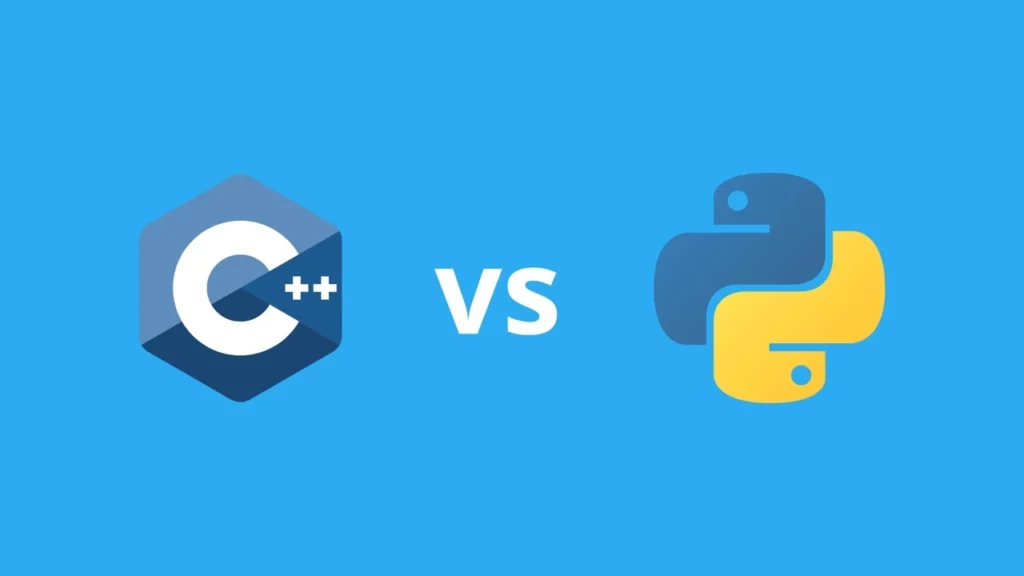Whether we are discussing mechanical engineering, computer science or electronics, robotics is a central and common subject.
As such, robotics requires a programming language that is versatile, efficient and easy to use. C++ and Python are two of the most popular programming languages used in robotics, each with its own strengths and weaknesses. In this article, we are going to compare the two languages and determine which is best suited to robotics, particularly in education.
1. Performance, compatibility, and community
C++ is a high-performance compiled language often used in system programming and robotics. It’s a powerful language that allows programmers to write efficient code with full control over the hardware. C++ is particularly useful in robotics because it provides direct access to hardware, enabling the development of low-level code for sensors, actuators, and other components. This makes it an ideal choice for building complex robotic systems.
On the other hand, Python is a high-level interpreted language known for its simplicity and ease of use. It is often used in machine learning and artificial intelligence, with a syntax designed to be readable and writable. Python is particularly useful in robotics for rapid prototyping, facilitating the testing of new ideas and algorithms. Additionally, it benefits from a large community of users who provide libraries and tools for robotics projects.
Find out more about Python in our dedicated article. You may also be interested in our PyNiryo (our Python package).
2. Tldr: In a word, which language will best suit future engineers?
When it comes to education, both languages have their advantages and disadvantages. C++ can be more challenging to learn due to its low-level nature, which requires knowledge of computer architecture and memory management. This makes it less accessible to beginners without prior programming experience. However, for students serious about robotics and eager to build complex systems, learning C++ is essential.
Python, on the other hand, is an easier language to learn because it has a simpler syntax and requires less knowledge of computer architecture. This makes it accessible to beginners starting out in robotics. Python is also a popular language in the field of data science, making it useful for students interested in machine learning and artificial intelligence.
3. Development speed: a matter of compilation and debugging
In terms of development speed, Python is generally faster because it is an interpreted language, allowing code to be executed immediately without the need for prior compilation. This facilitates debugging and testing, which is crucial in robotics, where errors can be costly.
In contrast, development in C++ takes longer because it is a compiled language, requiring a compilation step before code execution. However, once compiled, C++ code can be much faster than Python.
A final word
Both C++ and Python have their strengths and weaknesses when it comes to teaching robotics. C++ is a powerful language that allows direct access to hardware, making it ideal for building complex robotic systems.
However, it can be more difficult to learn and requires more development time. Python, on the other hand, is easier to learn, faster to develop and has a large community of users and libraries that can be used in robotics projects.
Ultimately, the choice between the two languages will depend on the needs and objectives of each student or educator. Whichever language is chosen, using it with a collaborative educational robot like Ned2 is a wise decision!














